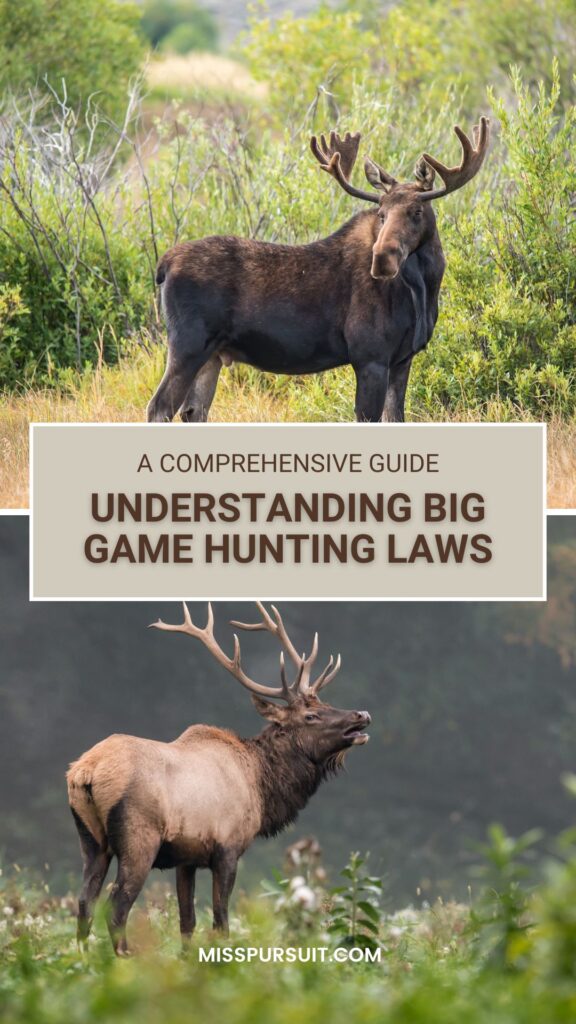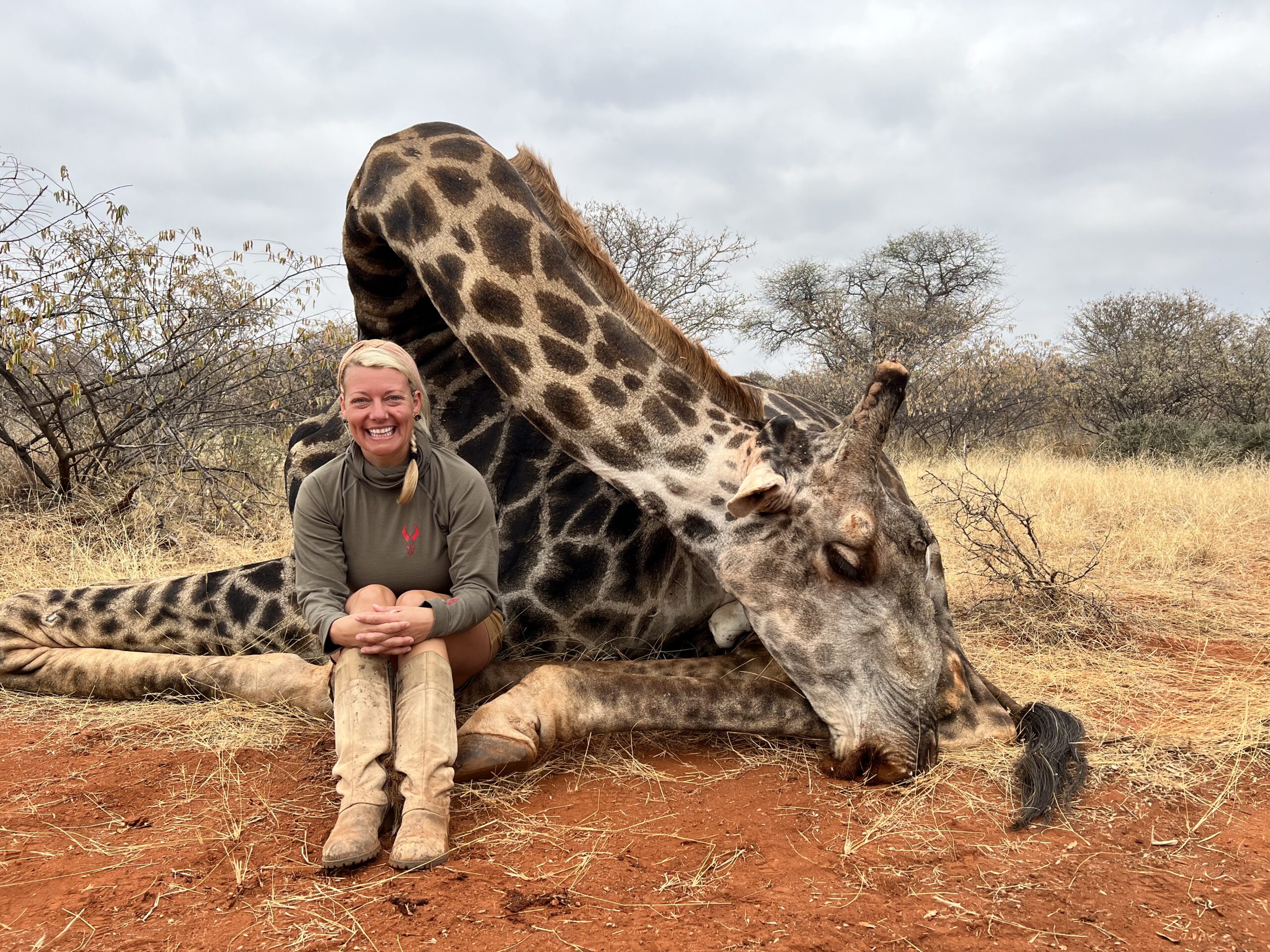Big game hunting laws are critical for preserving wildlife, ensuring ethical hunting practices, and maintaining the balance of ecosystems. These laws, which vary across different regions and countries, are designed to regulate the hunting of large game animals such as deer, elk, moose, and big cats.
In this article, we’ll dive into the intricacies of big game hunting laws, exploring their importance and the differences in regulations worldwide.
The Importance of Big Game Hunting Laws
Big game hunting laws are essential for several reasons:
- Wildlife Conservation: These laws help protect endangered species and ensure that animal populations remain sustainable.
- Ecological Balance: By controlling the number of animals hunted, these laws help maintain the natural balance of ecosystems.
- Ethical Hunting Practices: Regulations promote humane hunting methods and prevent inhumane practices.
- Public Safety: Laws also ensure that hunting is conducted safely, protecting both hunters and the general public.
Global Variations in Big Game Hunting Laws
The regulations surrounding big game hunting can differ dramatically depending on the region.
North America
In the United States, big game hunting laws are primarily managed by individual states.
For instance, in Montana, hunters need specific licenses for different species and must follow strict seasons and bag limits. Meanwhile, Canada’s hunting regulations are managed by provinces. In British Columbia, for example, hunters must complete a conservation and outdoor recreation education program before receiving their hunting license.

Africa
Africa is renowned for its big game hunting, especially for species like elephants, lions, and rhinos. Countries like South Africa and Namibia have well-regulated hunting industries that contribute significantly to conservation efforts and local economies.
However, there are stringent rules:
- Permits and Quotas: Hunters must obtain permits, and there are strict quotas to prevent overhunting.
- Anti-poaching Measures: Significant resources are invested in anti-poaching efforts to protect endangered species.
Europe
European countries have their own set of regulations that reflect their unique wildlife and conservation needs. In countries like Sweden, hunting is seen as a vital part of wildlife management. Hunters must pass rigorous exams and are often involved in culling programs to control populations of animals like moose and wild boar.
Real-Life Examples and Their Impact
The Success Story of Namibia
Namibia is often cited as a model for how big game hunting laws can support conservation. Through its community-based conservation programs, local communities manage and benefit from wildlife resources. This approach has led to increased populations of several species, including black rhinos and desert-adapted elephants.
Key Components of Big Game Hunting Laws
Several key components are common in big game hunting laws worldwide:
- Licensing and Permits: Hunters must obtain the necessary licenses and permits, which often require passing a test or completing a course.
- Hunting Seasons: Specific times of the year when hunting is allowed to ensure that animals are hunted sustainably.
- Bag Limits: Restrictions on the number of animals that can be hunted in a season to prevent overhunting.
- Protected Species: Lists of species that cannot be hunted to protect endangered or vulnerable populations.
- Hunting Methods: Regulations on the methods and equipment used to ensure humane hunting practices.
Challenges in Enforcing Big Game Hunting Laws
While big game hunting laws are crucial, enforcing them can be challenging.
Poaching
Illegal hunting, or poaching, remains a significant problem in many parts of the world. Despite strict laws and penalties, poachers continue to target high-value animals like rhinos and elephants.
Corruption
In some regions, corruption can undermine the enforcement of hunting laws. Officials may be bribed to ignore illegal activities, making it difficult to protect wildlife effectively.
Lack of Resources
Many countries lack the resources needed to enforce hunting laws effectively. This includes everything from funding for anti-poaching units to training for wildlife officers.
The Role of Technology in Modern Hunting Laws
Technology is playing an increasingly important role in the enforcement and management of big game hunting laws.
GPS and Tracking Devices
Many conservation programs use GPS and tracking devices to monitor animal movements and ensure they are not being hunted illegally.
Drones
Drones are being used for aerial surveillance to detect illegal hunting activities in remote areas.
Online Databases
Countries are developing online databases to manage hunting licenses and track compliance with hunting regulations.
Future Predictions for Big Game Hunting Laws
As we look to the future, several trends are likely to shape the evolution of big game hunting laws:
Stricter Regulations
In response to global conservation concerns, we can expect to see stricter regulations and increased penalties for illegal hunting.
Community-Based Conservation
There is likely to be a greater emphasis on community-based conservation programs that involve local communities in wildlife management.
Enhanced Technology
The use of technology in monitoring and enforcing hunting laws will continue to grow, making it easier to protect wildlife from illegal activities.
Conclusion
Big game hunting laws play a crucial role in wildlife conservation and the management of natural resources.
By understanding these laws and their importance, we can better appreciate the balance between hunting and conservation.
From the success stories in Namibia to the lessons learned from the tragic killing of Cecil the Lion, it’s clear that well-regulated hunting can contribute positively to conservation efforts.
As we move forward, it’s essential to continue refining these laws, using technology to enhance enforcement, and involving local communities in conservation efforts.
By doing so, we can ensure that big game hunting remains a sustainable activity that benefits both wildlife and people.





One thought on “Understanding Big Game Hunting Laws: A Comprehensive Guide”